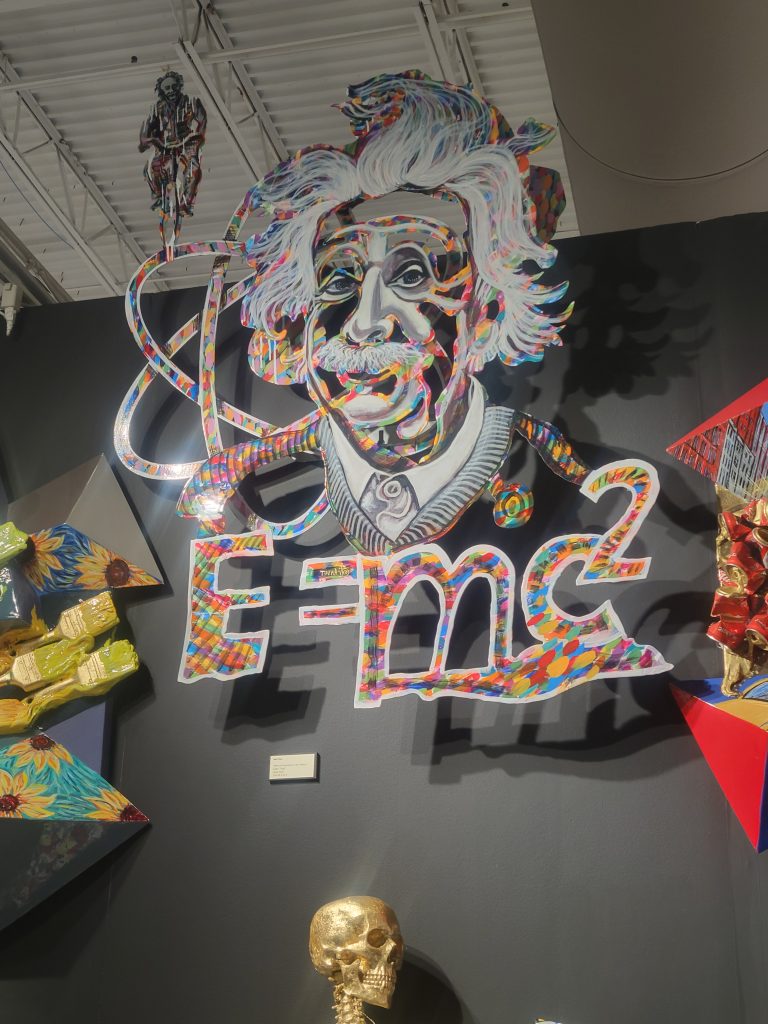When we think about the future of science and technology, we often focus on the latest gadgets or groundbreaking discoveries. But there’s something even more powerful driving innovation forward: the incredible diversity of minds working together from every corner of our planet. Today, we want to share an inspiring story that perfectly illustrates why international diversity in STEM isn’t just important—it’s absolutely essential for solving the world’s biggest challenges.
A Nigerian Scientist’s Vision That’s Saving Lives Worldwide
Meet Dr. Samuel Achilefu, a brilliant Nigerian scientist whose groundbreaking invention is revolutionizing cancer surgery around the globe. Dr. Achilefu didn’t just dream of making a difference—he created technology that’s literally helping surgeons save more lives every day.
What did he invent? High-tech infrared goggles that allow surgeons to see cancer cells during surgery with unprecedented clarity. These aren’t ordinary goggles—they’re sophisticated wearable devices that make cancer cells glow bright blue, ensuring that surgeons can identify and remove every trace of cancerous tissue during operations.
Think about that for a moment: a scientist from Nigeria developed technology that’s now being used in operating rooms worldwide, helping patients from every continent have better surgical outcomes. This is the power of international talent in STEM.
The Science Behind the Innovation
Dr. Achilefu is a world-renowned expert in developing light-sensitive drugs for cancer detection, imaging, and therapy. His innovative approach combines chemistry, physics, engineering, and medicine—showing how STEM fields work together to create solutions that seemed impossible just decades ago.
The cancer-viewing goggles work by detecting special fluorescent agents that accumulate in cancer cells. When surgeons wear these goggles during operations, any remaining cancer cells light up in brilliant blue, making it nearly impossible to accidentally leave dangerous cells behind. This technology dramatically improves surgical outcomes and gives patients a much better chance of complete recovery.
Recognition and Impact
Dr. Achilefu’s contributions haven’t gone unnoticed. He has received over 30 local, national, and international honors and awards, including the prestigious Britton Chance Biomedical Optics Award. But perhaps more importantly, his work is actively saving lives and improving cancer treatment around the world.
What This Means for Our Children’s Future
Dr. Achilefu’s story teaches us several crucial lessons about STEM education and diversity:
Innovation Comes from Everywhere
Brilliant minds exist in every country, every culture, and every community. When we limit our perspective to just one region or background, we miss out on incredible innovations that could benefit everyone. Dr. Achilefu’s Nigerian background brought unique perspectives and approaches that contributed to his groundbreaking success.
STEM is Collaborative and Global
Modern scientific challenges require diverse teams working together. Cancer doesn’t discriminate by nationality, race, or geography—and neither should our approach to fighting it. The best solutions often come from combining different cultural approaches, educational backgrounds, and ways of thinking.
Representation Matters
When children see scientists who look like them or come from similar backgrounds, it expands their vision of what’s possible. Dr. Achilefu serves as an inspiration not just for African children, but for any young person who has ever felt that science wasn’t “for them.”
How Parents Can Support International Diversity in STEM
As parents and educators, we have the power to nurture globally-minded future scientists:
Celebrate diverse role models: Share stories of scientists, engineers, and innovators from all backgrounds with your children. Make it clear that scientific genius comes in all colors, speaks all languages, and emerges from every corner of the world.
Encourage global curiosity: Help your children understand that the best solutions often come from combining different perspectives. Encourage them to learn about how different cultures approach problem-solving.
Emphasize collaboration: Teach children that modern STEM work is inherently collaborative. Today’s breakthroughs happen when diverse teams work together, sharing knowledge across borders and backgrounds.
Support inclusive STEM programs: Look for and support STEM programs that actively promote diversity and international collaboration. These experiences help children understand that science truly is a global endeavor.
The Ripple Effect of Diverse Innovation
Dr. Achilefu’s story demonstrates something profound: when we embrace international diversity in STEM, everyone benefits. A Nigerian scientist’s innovation is now helping cancer patients worldwide. Imagine how many other breakthrough solutions are waiting to be discovered by brilliant minds from every nation and background.
The challenges facing our world—from climate change to disease, from energy to exploration—are too big and too complex for any one country or culture to solve alone. We need the brightest minds from everywhere, working together, bringing their unique perspectives and approaches to bear on these critical issues.
Looking Forward
As we prepare the next generation of scientists, engineers, mathematicians, and technologists, let’s remember Dr. Achilefu’s example. Let’s make sure our children understand that scientific excellence knows no borders, that innovation can come from anywhere, and that diversity isn’t just about fairness—it’s about creating the best possible solutions for humanity’s biggest challenges.
The future of STEM is global, diverse, and incredibly bright. Stories like Dr. Achilefu’s remind us that when we open our minds to talent from everywhere, we open the door to innovations that can change the world.
At InSciStemify, we believe every child has the potential to be the next groundbreaking innovator, regardless of where they come from. Join us in celebrating the incredible diversity of minds that make STEM so powerful and inspiring.
#AfricanGiant #DrSamuelAchilefu #Scientist #Inventors #STEMDiversity #GlobalInnovation #FutureScientists






